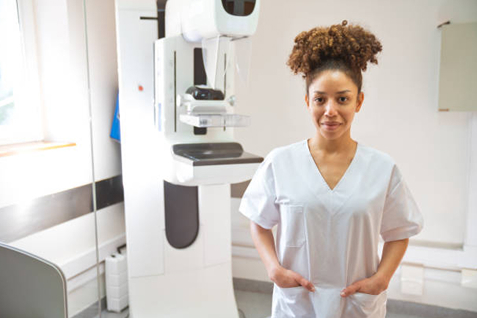Cobertura
Pruebas de detección sin costo: las mamografías tienen cobertura sin costo para los miembros de Jackson Care Connect.
Transporte
Jackson Care Connect puede asistir en la coordinación de transporte si es necesario. Llame a Translink al 541-842-2060, 888-518-8160 o TTY 711. Más información sobre los servicios de Translink
Servicios de idiomas
Los materiales en lenguaje sencillo y adaptados a las culturas en varios idiomas ayudan a los miembros a entender por qué son importantes las pruebas de detección. Obtenga más información sobre nuestros servicios lingüísticos. Si necesita ayuda o tiene alguna queja con respecto a los servicios lingüísticos, estamos a su disposición. Llámenos alt 541-500-0567, a la línea gratuita 855-722-8208 o TTY 711, o envíenos un mensaje seguro a través de nuestro Portal para miembros.
Cómo programar una cita
Jackson Care Connect está a disposición para eliminar los obstáculos y acercarle el apoyo que necesita para cumplir con sus pruebas de detección.
Si necesita realizarse un examen o una prueba, contáctese con su proveedor de atención primaria (PCP). ¿No tiene un proveedor? Use la herramienta Buscar proveedores de Jackson Care Connect.
.tmb-ze-200-120.tmb-thumbnail.png?Culture=en&sfvrsn=abfd8dd6_1)
